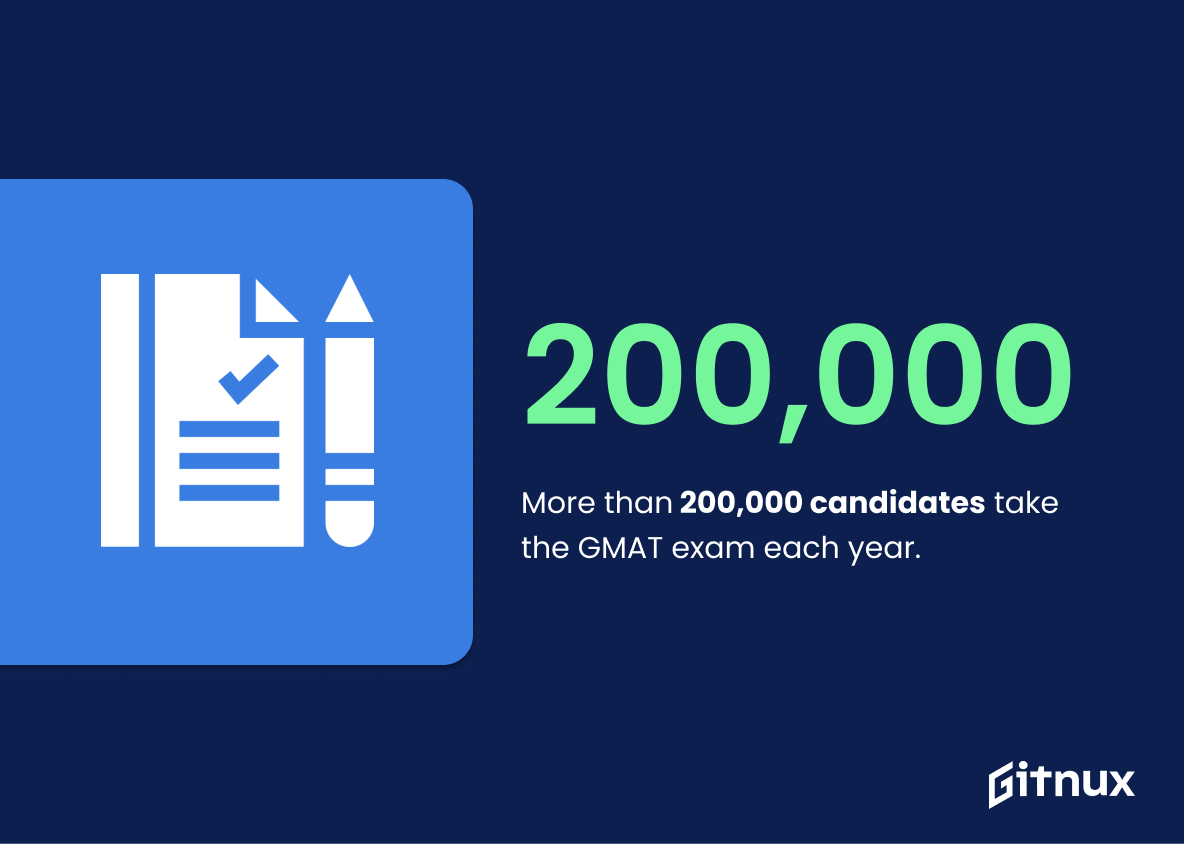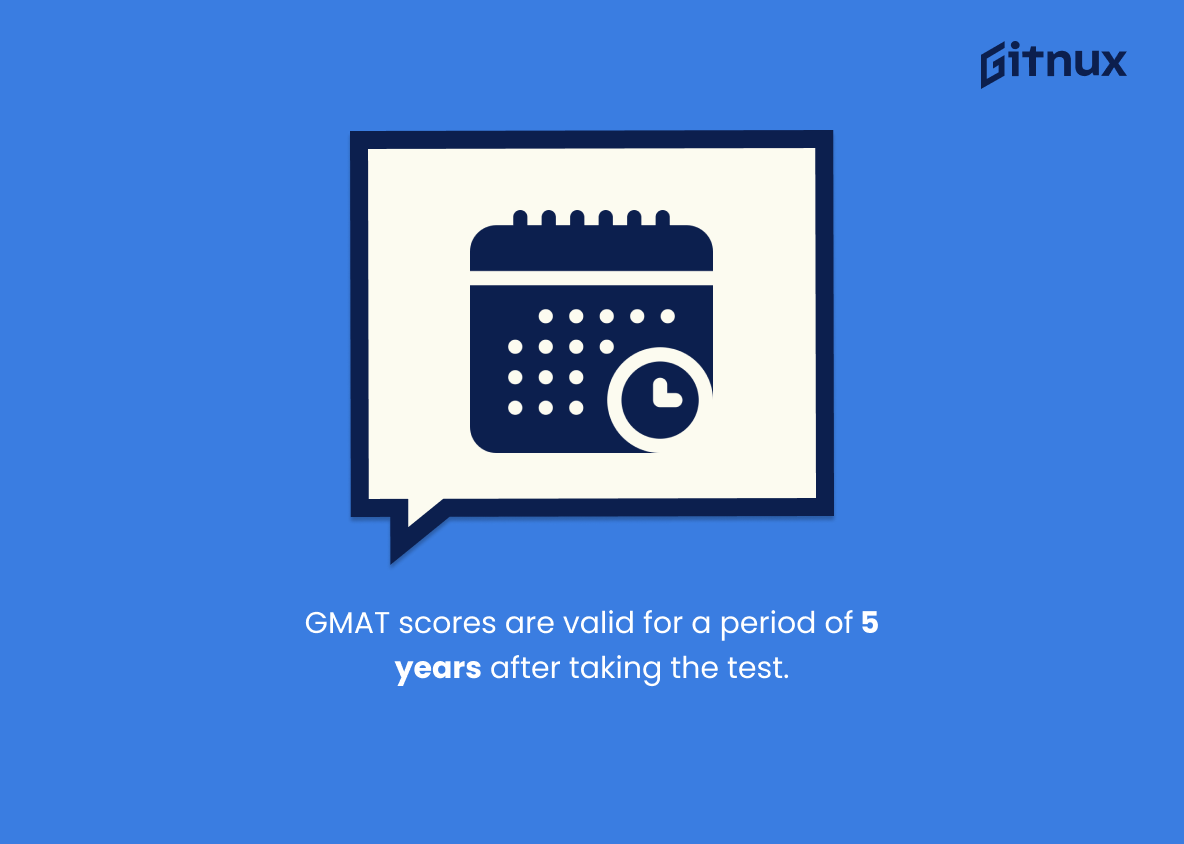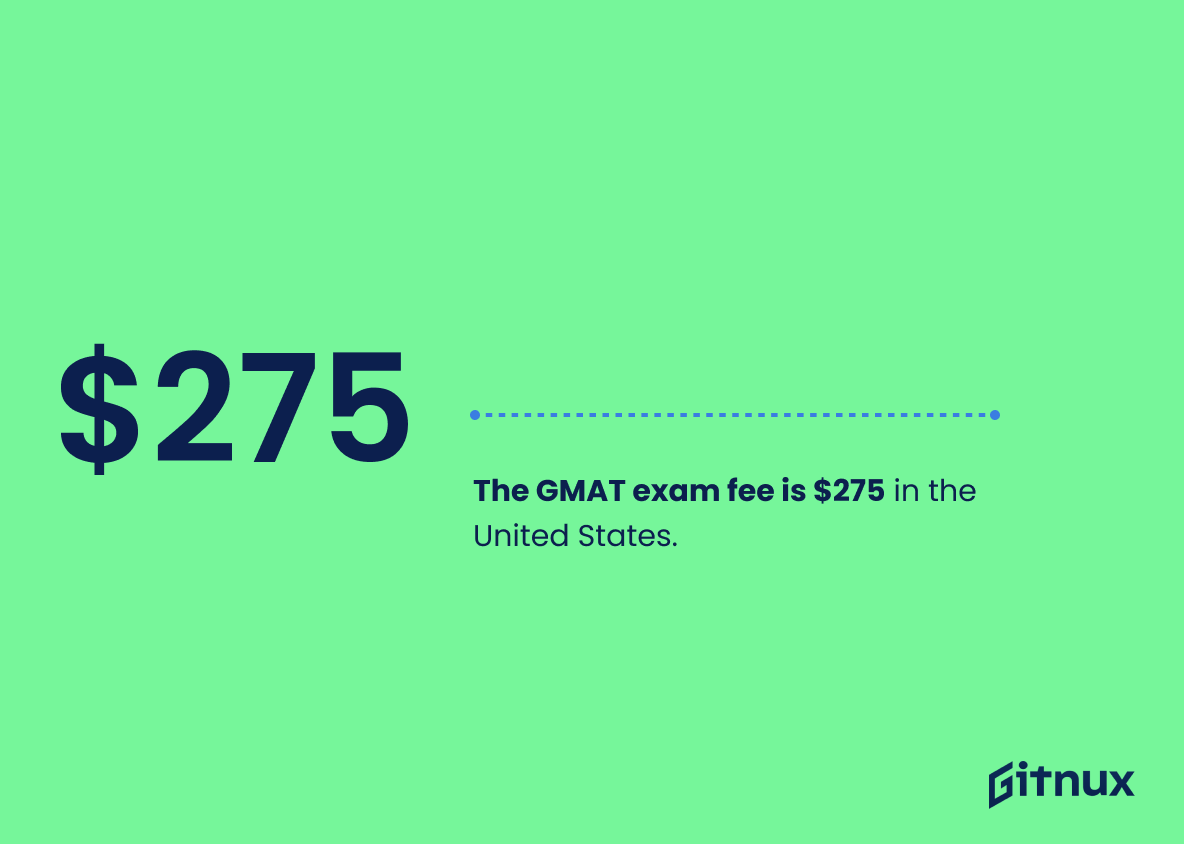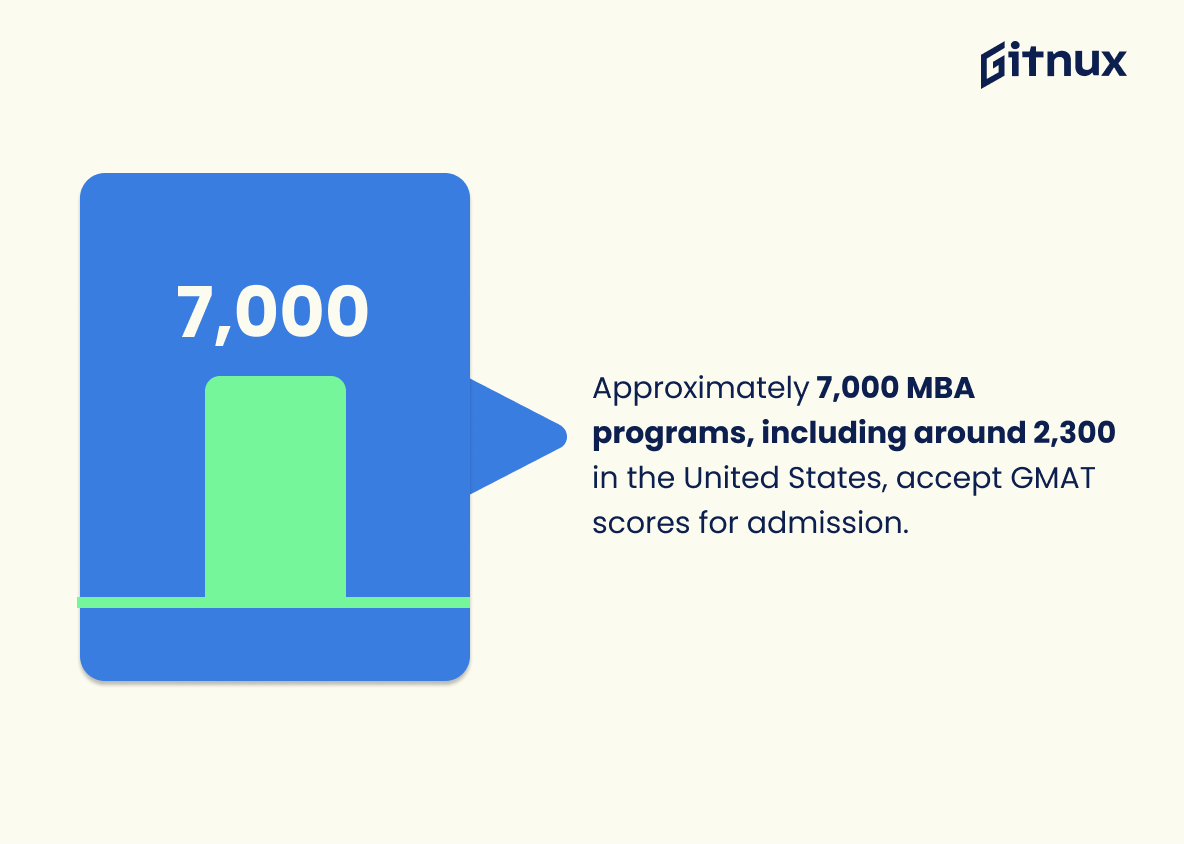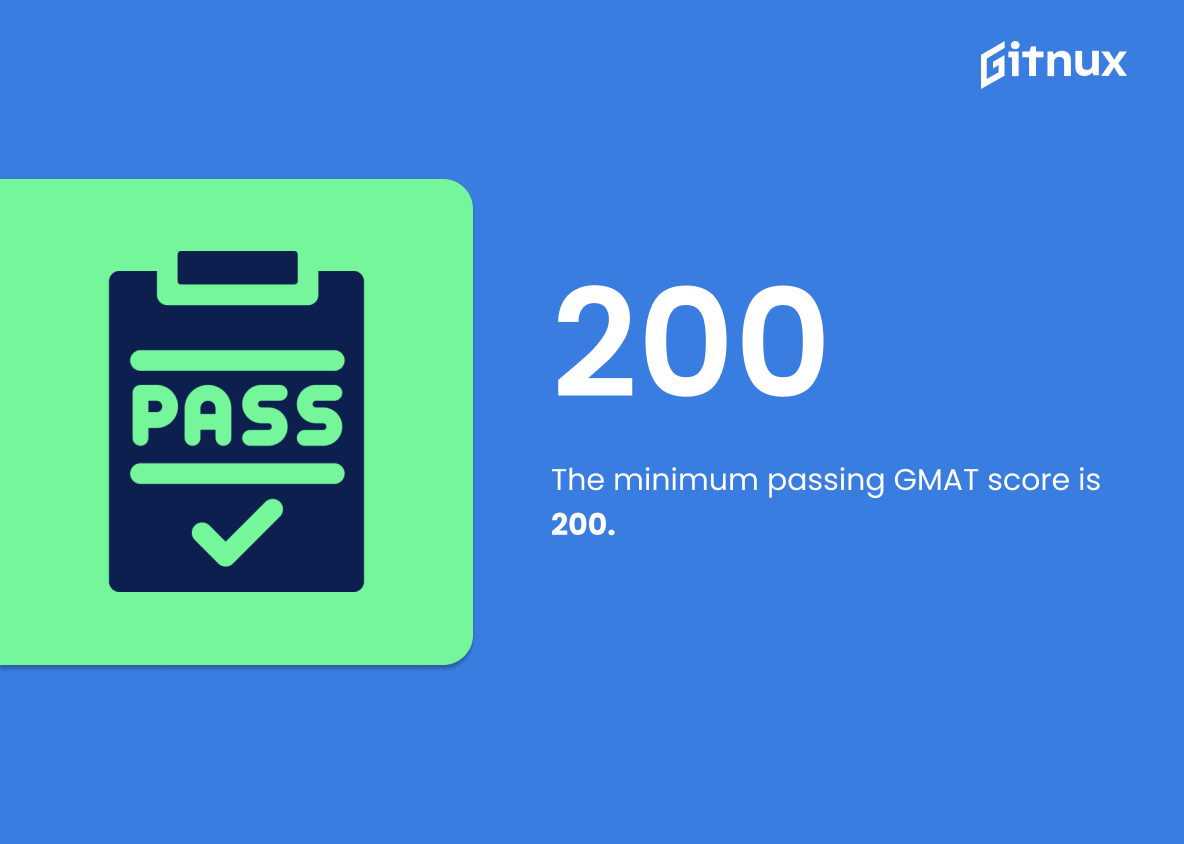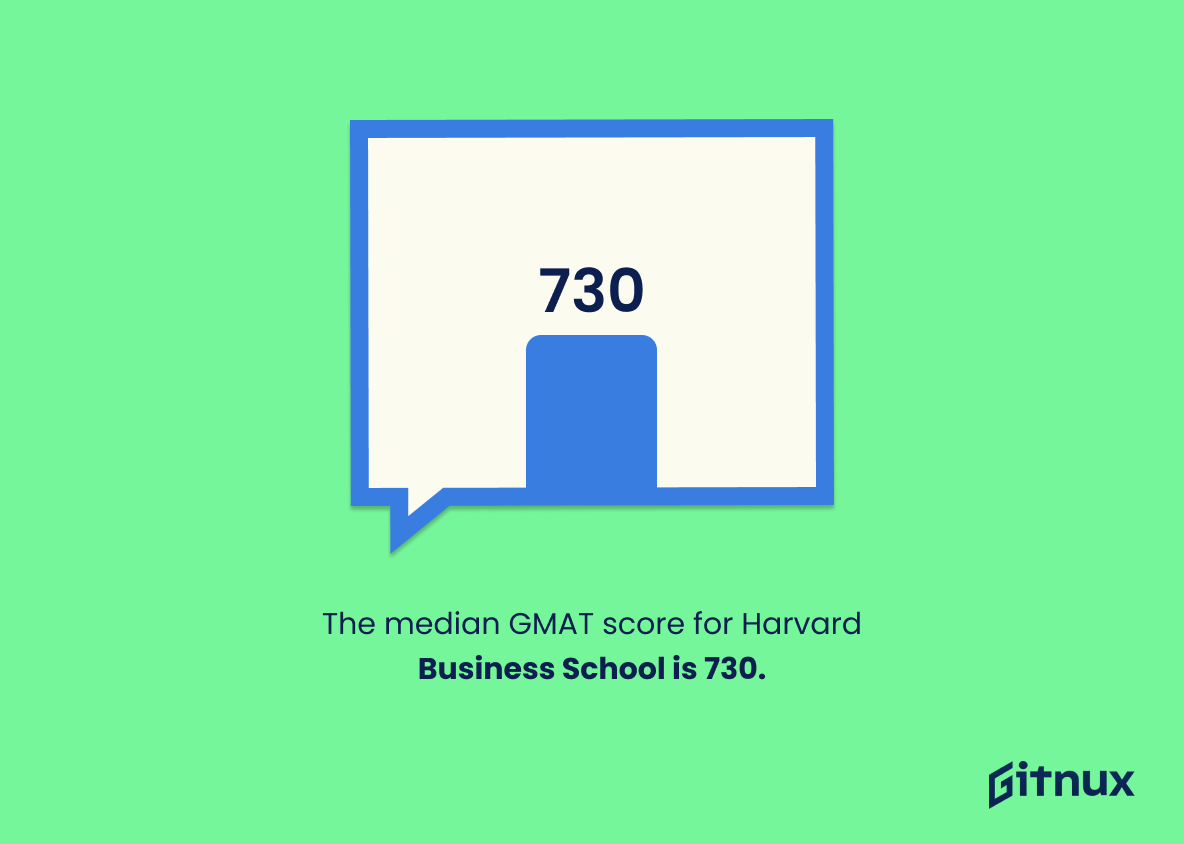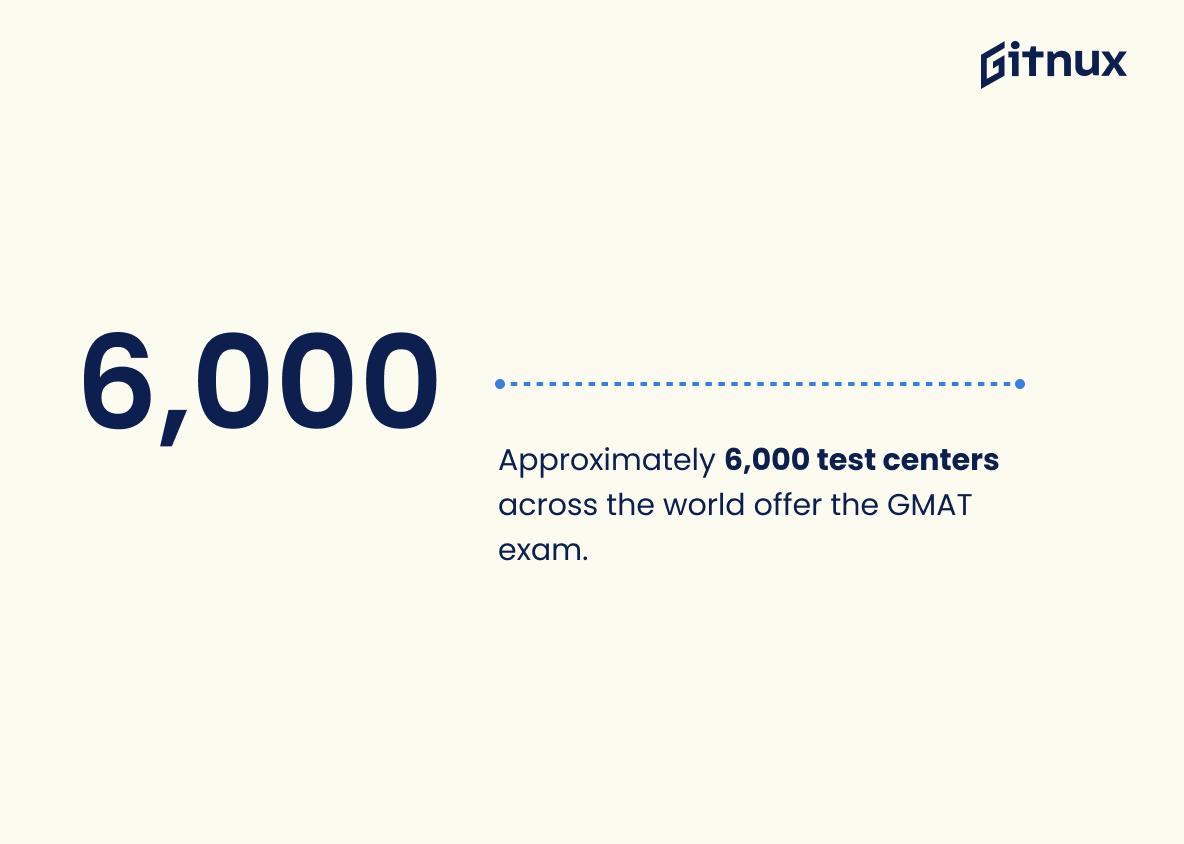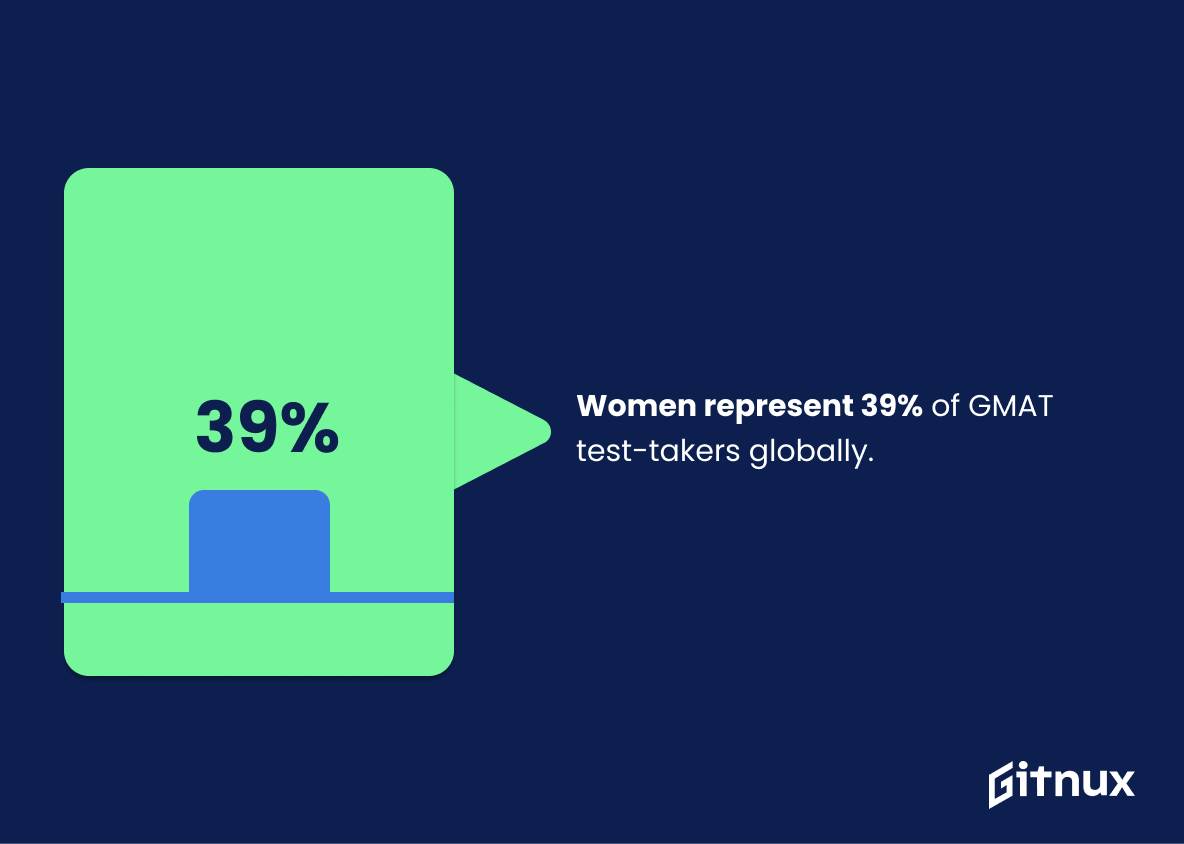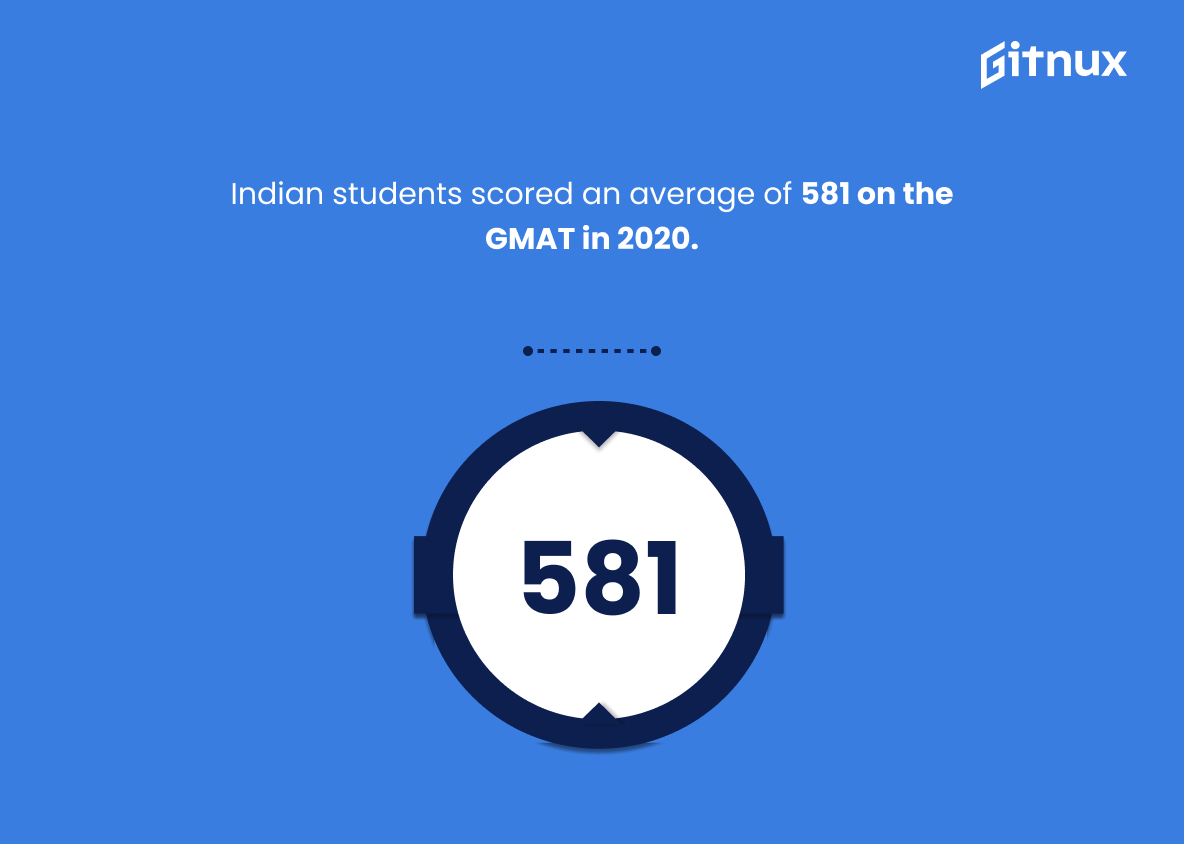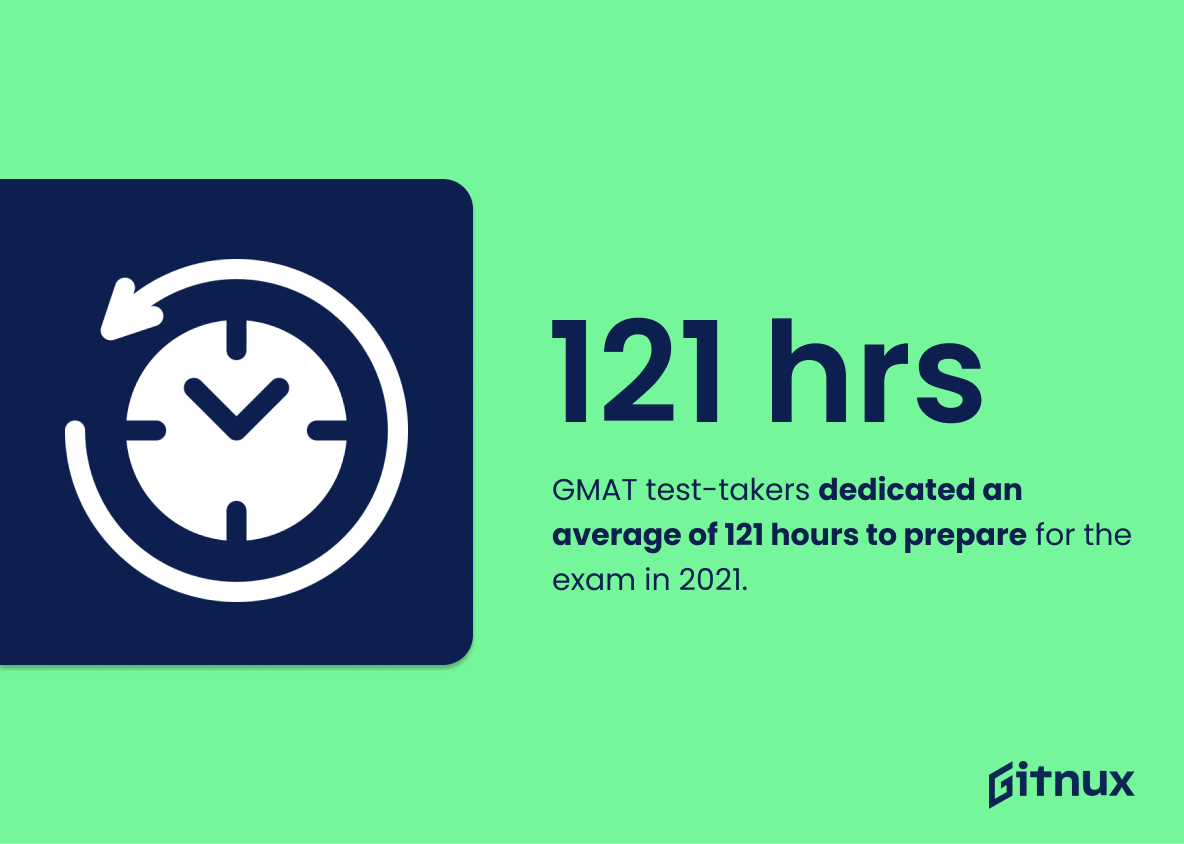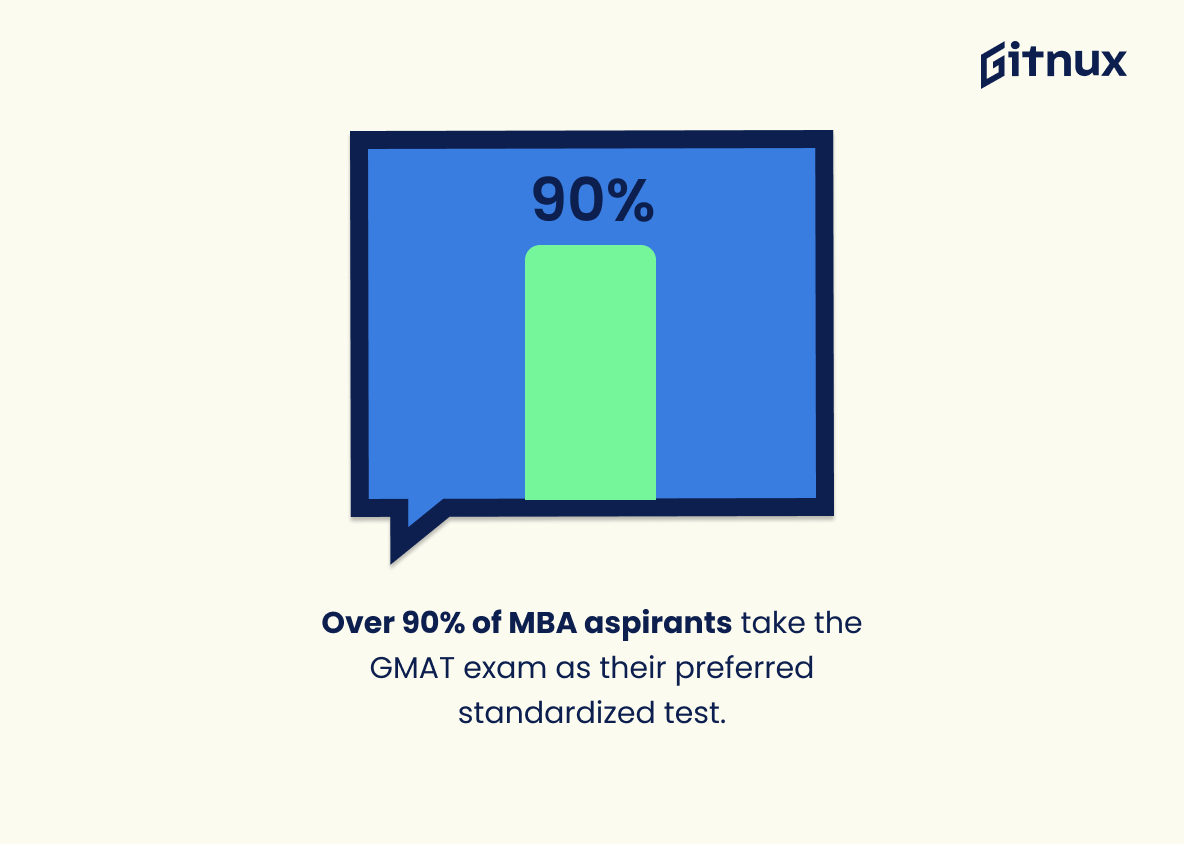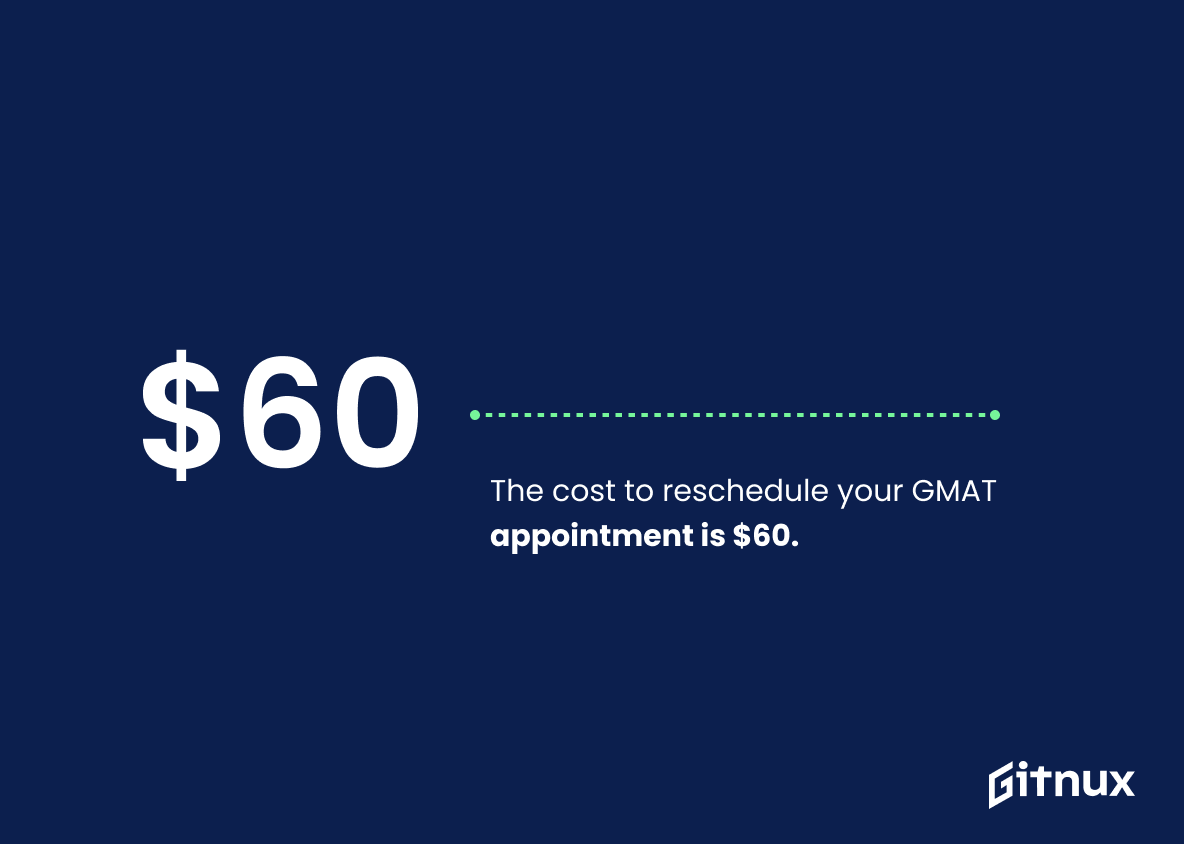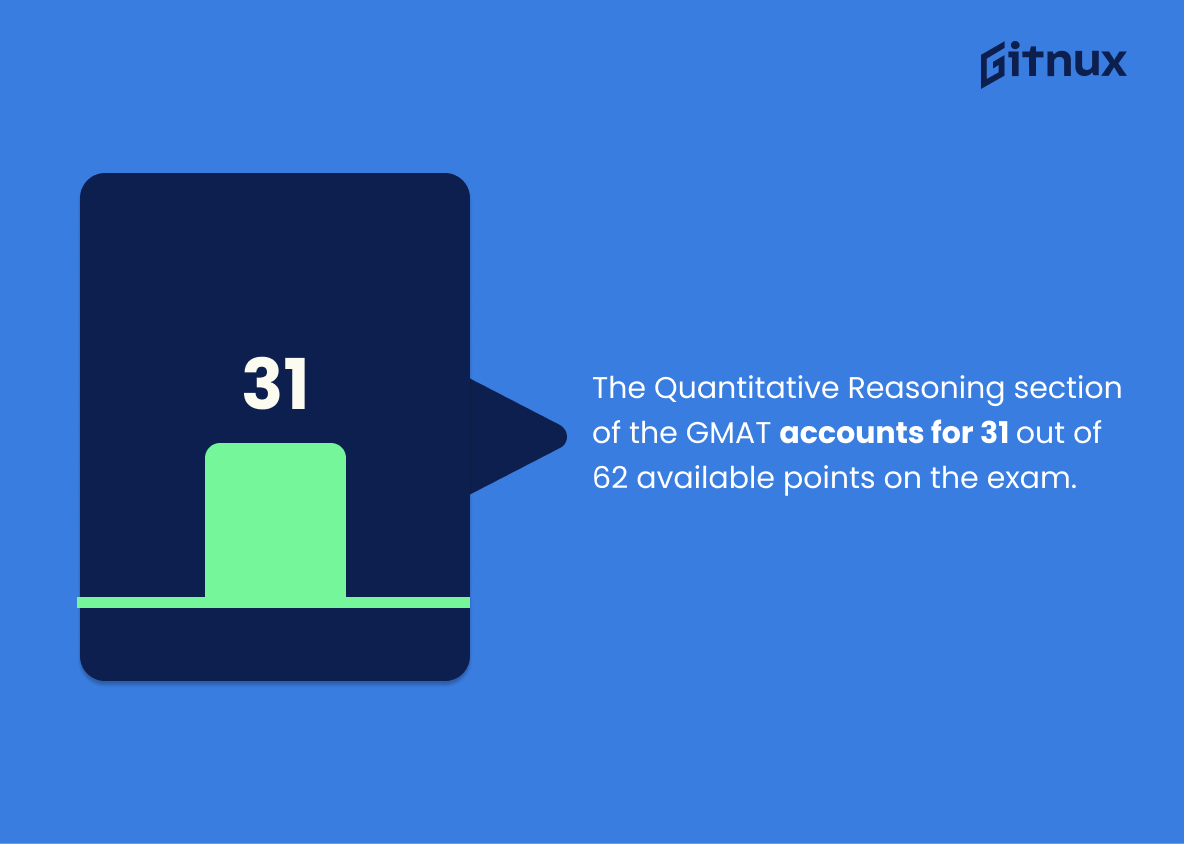Are you considering taking the GMAT exam? If so, it’s important to understand some key statistics about this widely accepted standardized test. From average scores and global reach to cost and preparation time, here are 20 facts that will help you get a better understanding of the GMAT.
This statistic is significant in the context of GMAT statistics because it shows that the average score has remained relatively stable over the past three years. This indicates that the GMAT is a reliable measure of academic aptitude and that the test is not becoming increasingly difficult or easier over time. This is important information for potential test-takers, as it provides assurance that their performance on the GMAT will be a fair and accurate reflection of their academic abilities.
The GMAT examination is offered in more than 114 countries across the globe.
This statistic speaks volumes about the reach and popularity of the GMAT examination. It highlights the fact that the GMAT is a globally recognized and accepted test, with its presence felt in more than 114 countries. This is a testament to the trust and confidence that the GMAT has earned over the years, and serves as a reminder of its importance in the world of business and management.
Gmat Statistics Overview
More than 200,000 candidates take the GMAT exam each year.
This statistic is a testament to the GMAT’s popularity and relevance in the world of business education. It shows that the GMAT is a widely accepted and sought-after exam, and that it is a valuable tool for those looking to pursue a career in business. This statistic is a powerful indicator of the GMAT’s importance in the business world, and it is an important piece of information to consider when discussing GMAT statistics.
GMAT scores are valid for a period of 5 years after taking the test.
The fact that GMAT scores are valid for a period of 5 years is an important consideration for anyone considering taking the test. It means that those who take the test can rest assured that their scores will remain valid for a significant amount of time, allowing them to plan their future studies and career paths accordingly. This statistic is especially pertinent for those who are looking to apply to graduate school, as it gives them the flexibility to take the test at a time that is most convenient for them.
The GMAT exam fee is $275 in the United States.
This statistic is an important factor to consider when discussing GMAT Statistics, as it provides insight into the cost of taking the exam. Knowing the fee associated with the GMAT exam can help potential test-takers plan their budget accordingly and make an informed decision about whether or not to take the exam.
Approximately 7,000 MBA programs, including around 2,300 in the United States, accept GMAT scores for admission.
This statistic is a testament to the widespread acceptance of GMAT scores for admission into MBA programs. It highlights the fact that GMAT scores are a reliable and trusted measure of a student’s aptitude and potential for success in an MBA program. This is an important point to make in a blog post about GMAT statistics, as it demonstrates the value of the GMAT as a tool for assessing applicants.
The GMAT exam is divided into four sections – Analytical Writing Assessment, Integrated Reasoning, Quantitative Reasoning, and Verbal Reasoning.
This statistic is essential in understanding the GMAT exam, as it provides a comprehensive overview of the four sections that make up the exam. It is important to be aware of the different sections of the GMAT exam in order to be able to effectively prepare for it and to understand the types of questions that will be asked. Knowing the four sections of the GMAT exam is key to understanding the GMAT statistics discussed in the blog post.
The minimum passing GMAT score is 200.
This statistic is an important benchmark for anyone considering taking the GMAT. It serves as a reminder that a minimum score of 200 is required to pass the exam, and that any score below this will not be accepted. This serves as a reminder to those studying for the GMAT to strive for a score that is above the minimum passing score in order to maximize their chances of success.
The median GMAT score for Harvard Business School is 730.
This statistic is a powerful indicator of the caliber of applicants accepted into Harvard Business School. It speaks to the level of academic excellence that is expected of those who are accepted into the program, and serves as a benchmark for those aspiring to attend. It is a testament to the rigor of the GMAT and the high standards of the school.
Approximately 6,000 test centers across the world offer the GMAT exam.
This statistic is significant in the context of a blog post about GMAT Statistics because it demonstrates the global reach of the GMAT exam. It shows that the GMAT is a widely accepted and recognized test, with test centers located in many countries around the world. This indicates that the GMAT is a reliable and respected measure of academic aptitude, and that it is a valuable tool for those seeking to pursue higher education.
Women represent 39% of GMAT test-takers globally.
This statistic is a powerful reminder of the progress that has been made in gender equality in the field of business. It shows that women are increasingly taking the GMAT and pursuing business-related degrees, which is a positive step towards a more equitable future. It also highlights the importance of creating an environment that is welcoming and supportive of women in business, so that they can continue to make strides in the field.
Indian students scored an average of 581 on the GMAT in 2020.
This statistic is a telling indication of the academic prowess of Indian students in the GMAT. It highlights the fact that Indian students are achieving impressive scores on the GMAT, which is a testament to their hard work and dedication. This statistic is also important in the context of a blog post about GMAT Statistics, as it provides a benchmark for other students to strive for.
GMAT test-takers dedicated an average of 121 hours to prepare for the exam in 2021.
This statistic is a telling indication of the dedication and commitment required to succeed on the GMAT. It speaks to the level of preparation and hard work that test-takers are willing to put in to achieve their desired score. It also serves as a reminder of the importance of taking the time to properly prepare for the exam, as the amount of time spent studying can have a significant impact on the outcome.
Over 90% of MBA aspirants take the GMAT exam as their preferred standardized test.
This statistic is a testament to the GMAT’s status as the go-to exam for MBA aspirants. It speaks to the trust and confidence that potential MBA students have in the GMAT as a reliable measure of their academic aptitude. This statistic is a powerful indicator of the GMAT’s importance in the MBA admissions process.
The cost to reschedule your GMAT appointment is $60.
This statistic is an important factor to consider when discussing GMAT Statistics, as it can have a significant impact on a student’s budget. Knowing the cost of rescheduling an appointment can help students plan ahead and make sure they are able to take the test on their desired date without any unexpected expenses.
The Quantitative Reasoning section of the GMAT accounts for 31 out of 62 available points on the exam.
This statistic is significant in the context of a blog post about GMAT Statistics because it highlights the importance of the Quantitative Reasoning section of the exam. With nearly half of the available points coming from this section, it is clear that a strong performance in this area is essential for achieving a high score on the GMAT.
Conclusion
The GMAT is a widely accepted standardized test for admission into MBA programs. It has been around since 1954 and continues to be the preferred choice of over 90% of MBA aspirants. The average score on the exam remains relatively consistent at 565, while the maximum achievable score is 800. Over 200,000 candidates take this examination each year in more than 114 countries across the globe with Indian students scoring an average of 581 in 2020.
The GMAT consists of four sections – Analytical Writing Assessment, Integrated Reasoning, Quantitative Reasoning and Verbal Reasoning – which are scored out of 62 points combined with a minimum passing score set at 200 marks. Additionally, it costs $275 to take this exam within United States borders and approximately 7,000 business schools accept these scores for admissions purposes worldwide including 18 US institutions that have an average GMAT score requirement above 700 marks as per 2019 data records.
Overall there is no doubt that taking up such an important assessment requires dedication; statistics show that most test-takers spend 121 hours preparing for their exams while women represent 39% globally among those who attempt it annually along with 20% considering pursuing Master in Management degrees after completion according to 2021 figures released by Graduate Management Admission Council (GMAC).
References
0. – https://www.mbacrystalball.com
1. – https://www.topmba.com
2. – https://www.collegexpress.com
3. – https://www.collegedekho.com
4. – https://www.mba.com
5. – https://www.investopedia.com
6. – https://www.businessbecause.com
7. – https://www.gmat.economist.com
8. – https://www.gmac.com
9. – https://www.oneyearmba.co.in
